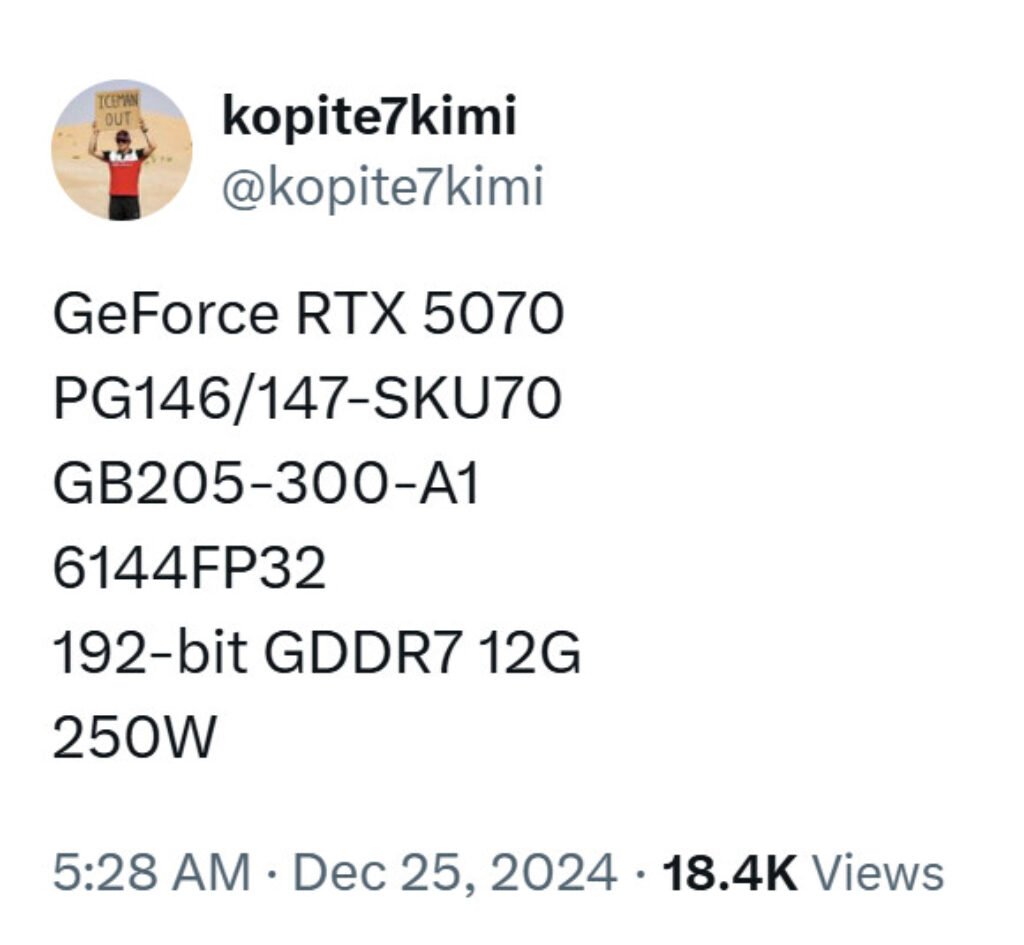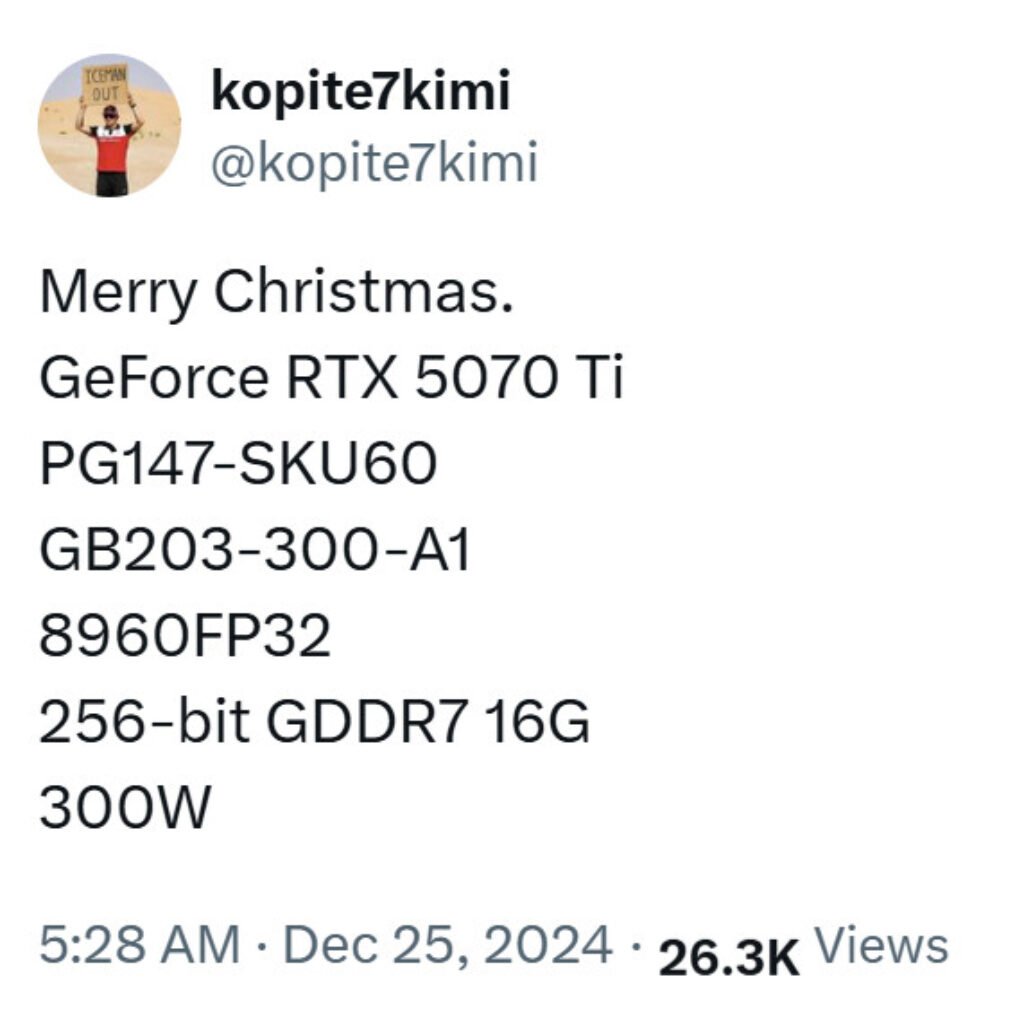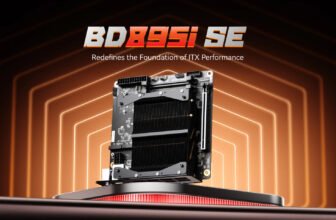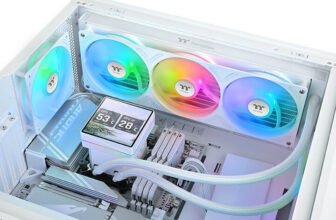The specifications for NVIDIA‘s upcoming GeForce RTX 5070 and RTX 5070 Ti graphics cards have been leaked, offering a detailed look at what to expect from these mid-range options in the GeForce RTX 50 series lineup. Industry insider kopite7kimi has provided the latest insights into these GPUs, shedding light on their configurations and potential market positioning.
GeForce RTX 5070 Ti
The RTX 5070 Ti is set to feature 8,960 CUDA cores and will be paired with 16 GB of GDDR7 memory. This memory will operate on a 256-bit memory interface, delivering a bandwidth of 896 GB/s. Designed for high-performance gaming and content creation, the card is reported to have a total board power (TBP) of 300 W. The RTX 5070 Ti is expected to utilize the PG147-SKU60 board design and will be powered by the GB203-300-A1 GPU.
This configuration positions the RTX 5070 Ti as a compelling choice for users seeking a balance between performance and next-generation memory capabilities. The inclusion of GDDR7 memory and the large CUDA core count suggest significant improvements in ray tracing and DLSS performance over its predecessor.
GeForce RTX 5070
The standard RTX 5070 is designed as a more power-efficient and slightly less powerful alternative. This model will feature 6,144 CUDA cores, complemented by 12 GB of GDDR7 memory. The memory will operate on a 192-bit interface, providing a bandwidth of 627 GB/s. The card’s TBP is reported to be 250 W, which makes it a more energy-conscious option compared to the Ti variant.
The RTX 5070 will be available in two board variants, PG146 and PG147, and will be based on the GB205-300-A1 GPU. This dual-board strategy may indicate NVIDIA’s intention to optimize production or offer different configurations tailored for specific markets. Despite its lower core count and memory specifications, the RTX 5070 still promises to deliver a robust gaming experience with next-generation performance improvements.


Key Differentiators
The RTX 5070 Ti stands out with its 45% higher CUDA core count compared to the RTX 5070, increasing from 6,144 cores to 8,960 cores. Additionally, the Ti variant offers 16 GB of memory, compared to the 12 GB on the non-Ti version, and operates on a wider 256-bit memory bus versus the 192-bit bus of the standard model. These distinctions make the Ti variant more suitable for demanding workloads and higher resolutions, while the standard model caters to users looking for a more budget-friendly option with reduced power consumption.
Release Timeline and Positioning
The NVIDIA RTX 5070 and RTX 5070 Ti are expected to follow the launch of higher-end RTX 50 series models, such as the RTX 5080 and RTX 5090. This staggered release strategy aligns with NVIDIA’s typical approach of prioritizing flagship models before rolling out mid-range and entry-level options. While pricing details remain unknown, the substantial differences in core counts, memory capacities, and power requirements suggest a clearer segmentation within this generation of GPUs.
The upcoming CES event may provide additional details about the GeForce RTX 50 series, though the RTX 5070 and RTX 5070 Ti are anticipated to arrive later in the series’ lifecycle. These cards are poised to compete in the highly competitive mid-range market, offering users next-generation features and performance enhancements.
Sources: @kopite7kimi, @kopite7kimi







